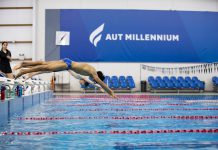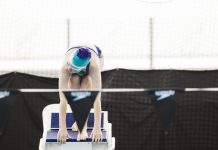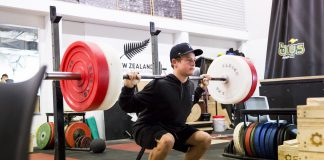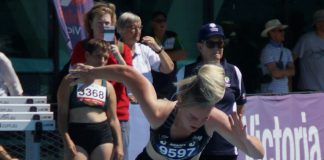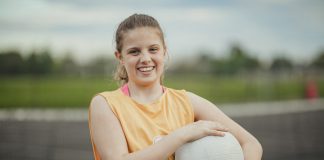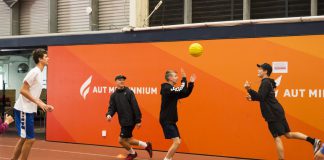In sport, athletic prowess matters. Subject to equal levels of skill, the fitter, faster, stronger athlete most often prevails. But it’s not only in competition that athletic primacy rules. So does avoiding injury. Stronger, more athletic athletes get injured less. Period. And every athlete I talk to agrees; the less time battling injury, the better! So, deliberately developing athleticism from a young age, on top of the inherent gains from just ‘playing’, is essential.
The road to athleticism begins by devoting time to its development. This is tough in today’s day and age, where a young athlete’s schedule is packed from an early age. But, like learning any new skill, accumulating hours and hours of practice is vital. The next step is to decide what a young athlete should focus their time on.
A few components of fitness come to mind. For starters, speed. Speed is a hugely prized skill at all levels of sporting performance due to its obvious links with success. A high level of aerobic fitness is also important, particularly in endurance and team-based sports. The fitter you are, the harder you can go for longer. Being fit also increases your ability to concentrate during a game, and recover more quickly once it has finished. And finally, muscular strength and power, which has been described by researchers as key ingredients in long term athletic development.
Speed, fitness, strength and power are often what are focused on in youth sport environments. However, to focus solely on them would be remiss. Consider a footballer’s ability to evade an opposing player with pace, before taking a centring pass on the half volley and scoring a goal. Speed, often expressed at distance travelled per unit of time, is the defining athletic factor. It’s the result of the total force generated each time the foot hits the ground, together with the amount of time spent on the ground.
But, principally, speed relies on good balance.
As it happens, a fundamental step in increasing a young athlete’s speed, is improving their balance. The ability of a young netballer to successfully perform an on-the-run rebound is no different. Any movement performed at high speed, and in an unstable position, requires incredible balance.
An association between balance, strength and power in youth athletes has been demonstrated by Hammami and colleagues in a paper they published in the Journal of Paediatric Exercise Science in 2016. In the study, 130 soccer players between the ages of 10 and 18 years old with a minimum of 4 years of soccer training, 3 times per week, were recruited. Using a scientifically validated method, participants were placed in three groups accordingly to their maturity status; prior to adolescent growth spurt, mid adolescent growth spurt, and post adolescent growth spurt. Each participant then completed tests to assess their static balance, dynamic balance, isometric back strength, and leg power. Three separate tests were used to measure leg power, including the standing long jump, a vertical jump, and a 3-hop jump. The findings showed a positive correlation (i.e., when two variables move in the same direction) between balance and the strength/power variables. Although associations were most clear for the post adolescent growth spurt group, medium to large correlations were shown across all participants.
For athletic development coaches working with young athletes, there are a few important points to take away from this study. First, effective programming for youth athletes requires knowledge of when to apply an appropriate training stimulus during development. The natural development of a young athlete interacts with athletic training, resulting in adaptations unique to adolescent populations. Therefore, what is important, or what works, for older athletes, doesn’t necessarily apply for a youth athlete. Second, based on the associations observed in this study, youth athletes with improved balance should performance better on tests of strength and power. And third, balance capabilities are an integral part of developing strength and power and, therefore, should be prioritised for the young athlete.
Finally, for parents interested in ways to enhance the athletic potential of their child, providing opportunities to challenge balance in both structured sport and playful environments (i.e., the backyard), is recommended.
In next week’s article, you’ll learn about 5 great exercise for developing balance.













